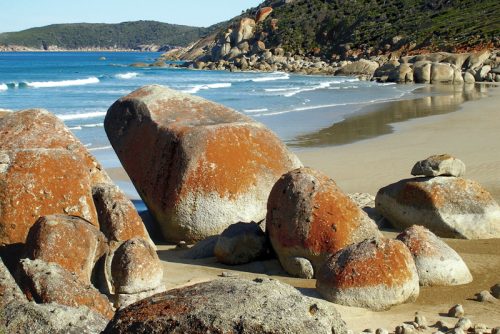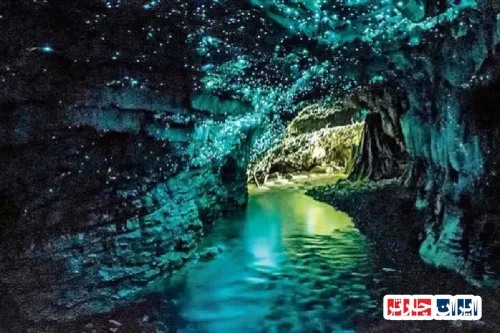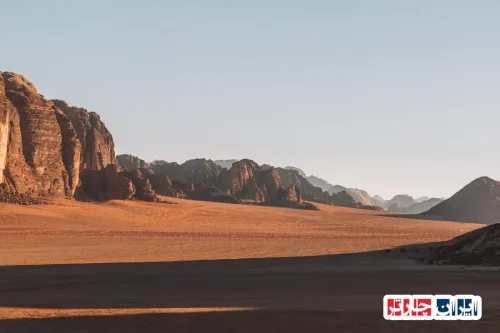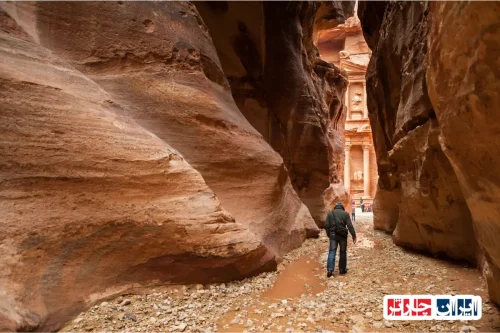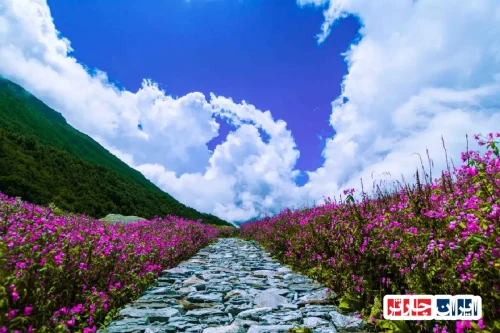Discover the Majestic Derawar Fort in Punjab Province Pakistan: A Historic Landmark of Architectural Brilliance and Cultural Significance
Derawar Fort in Punjab Province Pakistan stands as an awe-inspiring testament to ancient engineering and rich cultural heritage. Located amidst the vast desert landscapes, this magnificent fortress attracts history enthusiasts and travelers alike. Its towering walls and intricate design reflect centuries of strategic importance and architectural mastery. Visitors to Derawar Fort can explore its massive bastions, underground tunnels, and historical chambers that narrate stories of bygone eras. The fort’s commanding position along historic trade routes underscores its vital role in regional commerce and defense. As a symbol of resilience and cultural pride, Derawar Fort continues to inspire admiration and curiosity, making it a must-visit destination for those seeking to connect with Pakistan’s glorious past. For more information, explore the Derawar Fort-Iran Charter and learn about the significance of this heritage site in the context of regional history and architecture. Discover how this iconic structure embodies the legacy of Punjab Province Pakistan and why it deserves recognition as a UNESCO World Heritage site.
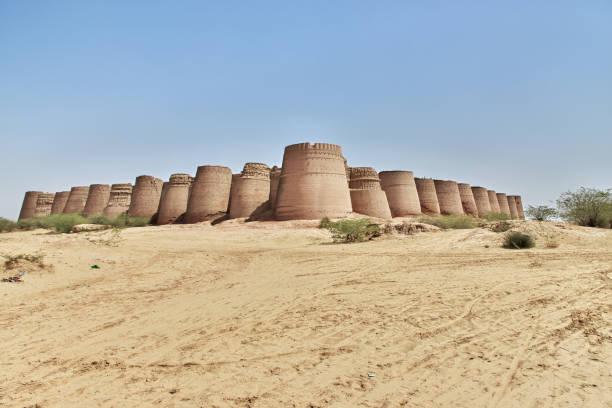
Discover the Rich History and Formation of Derawar Fort in Punjab Province Pakistan
Derawar Fort in Punjab Province Pakistan boasts a history spanning centuries, dating back to the 9th century AD. Originally constructed as a formidable military stronghold, it served to defend the region from invasions and control vital trade routes. Over the centuries, the fort underwent numerous modifications, reflecting the influence of various rulers and cultures, which contributed to its unique architectural style. Today, Derawar Fort stands as a symbol of Pakistan’s rich cultural heritage and historical significance, recognized as a national monument and a key attraction for history enthusiasts and tourists alike.
The Unique Architecture of Derawar Fort in Punjab Province Pakistan: An Engineering Marvel in the Desert
The architecture of Derawar Fort in Punjab Province Pakistan exemplifies exceptional engineering skills suited for desert environments. Its massive walls, built with sun-dried bricks, stretch over 1,000 meters and feature towering bastions that provide strategic defense. The design incorporates underground tunnels, secret chambers, and water reservoirs, demonstrating advanced planning for defense and sustainability. Intricate geometric patterns and decorative motifs adorn the walls, showcasing the artistic craftsmanship of the era. This architectural masterpiece highlights the ingenuity of ancient builders in creating resilient structures amidst harsh desert conditions.
The Strategic Role of Derawar Fort in Trade Routes and Islamic Pilgrimage Paths
Derawar Fort in Punjab Province Pakistan played a pivotal role in historic trade routes and Islamic pilgrimage pathways. Positioned along key caravan routes, it served as a vital checkpoint for merchants and travelers, facilitating commerce and cultural exchange. The fort also provided security for pilgrims traveling to holy sites, ensuring safe passage across perilous desert terrains. Its strategic location enhanced regional connectivity, making it an essential hub for economic and spiritual activities. Today, this historical significance continues to attract visitors interested in exploring the cultural and commercial history of the region.
Hidden Secrets and Underground Passages of Derawar Fort: Myths and Discoveries
Derawar Fort in Punjab Province Pakistan conceals a labyrinth of underground tunnels and chambers, some of which remain unexplored. These hidden passages were likely used for strategic defense, secret movement of troops, or storage of valuables. Local legends speak of hidden treasures and secret rooms beneath the fort, fueling ongoing archaeological investigations. Recent excavations suggest that these underground structures may have served religious or cultural purposes, adding depth to the fort’s historical narrative. Uncovering these secrets offers valuable insights into the fort’s past and the ingenuity of its builders.
Current Condition and Restoration Projects of Derawar Fort in Punjab Province Pakistan
Derawar Fort in Punjab Province Pakistan faces challenges such as weathering, structural deterioration, and neglect. Preservation efforts are underway, including structural reinforcement, restoration of damaged sections, and improved visitor facilities. Collaborative initiatives between government agencies and heritage organizations aim to safeguard this invaluable site. However, securing sufficient funding and expertise remains crucial for long-term conservation. Proper restoration will ensure that Derawar Fort continues to inspire future generations and remains a prominent cultural landmark in Pakistan.
Local Legends and Folklore Surrounding Derawar Fort and Its Ancient Inhabitants
Numerous legends and stories are woven into the fabric of Derawar Fort’s history. Local folklore speaks of heroic defenders, hidden treasures, and mystical events associated with the fort’s past inhabitants. Tales of secret chambers filled with gold and ghostly apparitions have persisted through generations, enriching the cultural tapestry of the region. These stories not only entertain but also preserve the collective memory and identity of local communities. Embracing these legends helps keep the cultural heritage alive and fosters a deeper connection between the people and their historic site.
Visitor Experience at Derawar Fort: Travel Tips and Recommendations
Visiting Derawar Fort in Punjab Province Pakistan requires careful planning to maximize the experience. Travelers should check weather conditions and best visiting hours to avoid extreme heat. Guided tours are recommended to gain in-depth knowledge about the fort’s history and architecture. Visitors should wear comfortable clothing, carry water, and respect local customs and preservation rules. Exploring the underground tunnels and panoramic viewpoints offers memorable photo opportunities. Responsible tourism ensures the preservation of the site and enriches the visitor’s journey into Pakistan’s historical legacy.
Why Derawar Fort in Punjab Province Pakistan Deserves UNESCO World Heritage Status
Derawar Fort’s historical significance, architectural uniqueness, and strategic importance make it a prime candidate for UNESCO World Heritage recognition. Such status would enhance global awareness, attract international tourists, and secure funding for preservation. It would also promote Pakistan’s rich cultural heritage on the world stage, encouraging sustainable tourism and local development. Recognizing Derawar Fort as a UNESCO site would ensure its protection for future generations and highlight its role as a symbol of regional history and resilience.
The Impact of Tourism on the Preservation and Promotion of Derawar Fort in Punjab Province Pakistan
Tourism plays a vital role in safeguarding Derawar Fort by generating revenue for conservation and local communities. Promoting responsible tourism through infrastructure development, educational programs, and community involvement helps preserve the site’s authenticity. Increased visitor interest raises awareness about the importance of heritage conservation. Local residents benefit economically from tourism, fostering pride and active participation in preservation efforts. Strategic promotion and sustainable practices are essential to ensure that Derawar Fort remains an enduring cultural treasure for Pakistan and the world.
Future Plans and Development Initiatives for Derawar Fort in Punjab Province Pakistan
Future development projects aim to enhance access, facilities, and interpretive services at Derawar Fort. These include building visitor centers, improving pathways, and integrating digital technology for immersive experiences. Conservation plans focus on stabilizing structures and restoring damaged areas using eco-friendly methods. Collaboration with international heritage organizations and leveraging modern technology will support sustainable preservation. These initiatives seek to balance tourism growth with heritage protection, ensuring that Derawar Fort continues to inspire and educate future generations while maintaining its historical integrity.
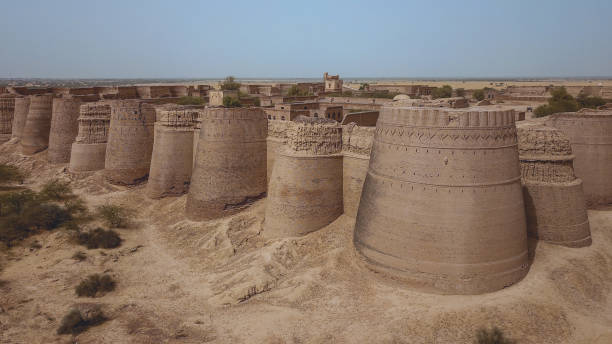
Frequently Asked Questions about Derawar Fort in Punjab, Pakistan
- What is the historical significance of Derawar Fort?
- Derawar Fort, dating back to the 9th century AD, is a symbol of Pakistan’s rich cultural heritage. Originally built as a military stronghold, it played a vital role in defending trade routes and controlling regional invasions. Over centuries, it has witnessed numerous rulers and cultural influences, making it a key historical monument that reflects the region’s strategic importance and architectural evolution.
- What are the unique features of Derawar Fort’s architecture?
- The fort showcases impressive engineering suited for desert conditions, with over 1,000 meters of massive sun-dried brick walls and towering bastions. Its design includes underground tunnels, secret chambers, and water reservoirs, demonstrating advanced planning. Decorative geometric patterns and motifs adorn the walls, highlighting the artistic craftsmanship of its builders.
- How did Derawar Fort influence trade and pilgrimage routes?
- Located along key caravan routes, Derawar Fort served as a crucial checkpoint for merchants and travelers, facilitating commerce and cultural exchange. It also provided security for pilgrims journeying to holy sites, ensuring safe passage through the desert. Its strategic placement enhanced regional connectivity and spiritual activities.
- Are there any hidden secrets or underground passages in Derawar Fort?
- Yes, the fort contains a network of underground tunnels and chambers, some of which remain unexplored. These passages were likely used for defense, secret troop movements, or storage. Legends speak of hidden treasures and mystical rooms, with recent excavations suggesting religious or cultural purposes behind these structures.
- What is the current condition of Derawar Fort and are there restoration efforts?
- The fort faces challenges like weathering and structural deterioration. Preservation projects include structural reinforcement, restoration of damaged sections, and improved visitor facilities. Collaboration between heritage organizations and government agencies aims to safeguard the site for future generations.
- What legends are associated with Derawar Fort?
- Local folklore speaks of heroic defenders, hidden treasures, and mystical events. Tales of secret chambers filled with gold and ghostly apparitions have been passed down through generations, enriching the cultural narrative and preserving the collective memory of the region.
- What tips are recommended for visitors to Derawar Fort?
- Visitors should check weather conditions and plan visits during cooler hours. Guided tours enhance understanding of the history and architecture. Wearing comfortable clothing, carrying water, and respecting local customs are advised. Exploring underground tunnels and viewpoints offers memorable experiences.
- Why should Derawar Fort be recognized as a UNESCO World Heritage site?
- Its historical importance, unique architecture, and strategic role make it a prime candidate. UNESCO recognition would boost global awareness, attract more tourists, and ensure better preservation. It would also highlight Pakistan’s rich cultural heritage on the world stage.
- How does tourism impact the preservation of Derawar Fort?
- Tourism generates revenue for conservation and local communities. Responsible tourism, including infrastructure development and educational programs, helps maintain authenticity. Increased visitor interest raises awareness, encouraging sustainable preservation efforts.
- What future development plans exist for Derawar Fort?
- Plans include building visitor centers, improving pathways, and integrating digital experiences. Conservation efforts focus on stabilizing structures and restoring damaged areas with eco-friendly methods. Collaborations with heritage organizations aim to balance tourism growth with preservation.
- How does Derawar Fort contribute to Pakistan’s cultural identity?
- As a symbol of resilience and historical grandeur, the fort embodies Pakistan’s rich cultural legacy. It attracts tourists and scholars, fostering pride among local communities and promoting cultural awareness nationally and internationally.
- What role does Derawar Fort play in regional tourism?
- It is a major attraction in Punjab, drawing visitors interested in history, architecture, and desert landscapes. Its prominence boosts local economies and encourages the development of related tourism infrastructure in the region.
- Are there any ongoing archaeological excavations at Derawar Fort?
- Yes, archaeological teams continue to explore underground tunnels and chambers, uncovering artifacts and structural details. These excavations aim to deepen understanding of the fort’s history and uncover hidden secrets.
- What challenges does Derawar Fort face today?
- Major challenges include weathering, structural damage, and neglect. Limited funding and expertise can hinder preservation efforts. Climate conditions and human activity also pose risks to its integrity.
- How can visitors help in preserving Derawar Fort?
- Visitors should follow preservation guidelines, avoid damaging structures, and support responsible tourism. Spreading awareness and participating in local conservation initiatives can also make a positive impact.







